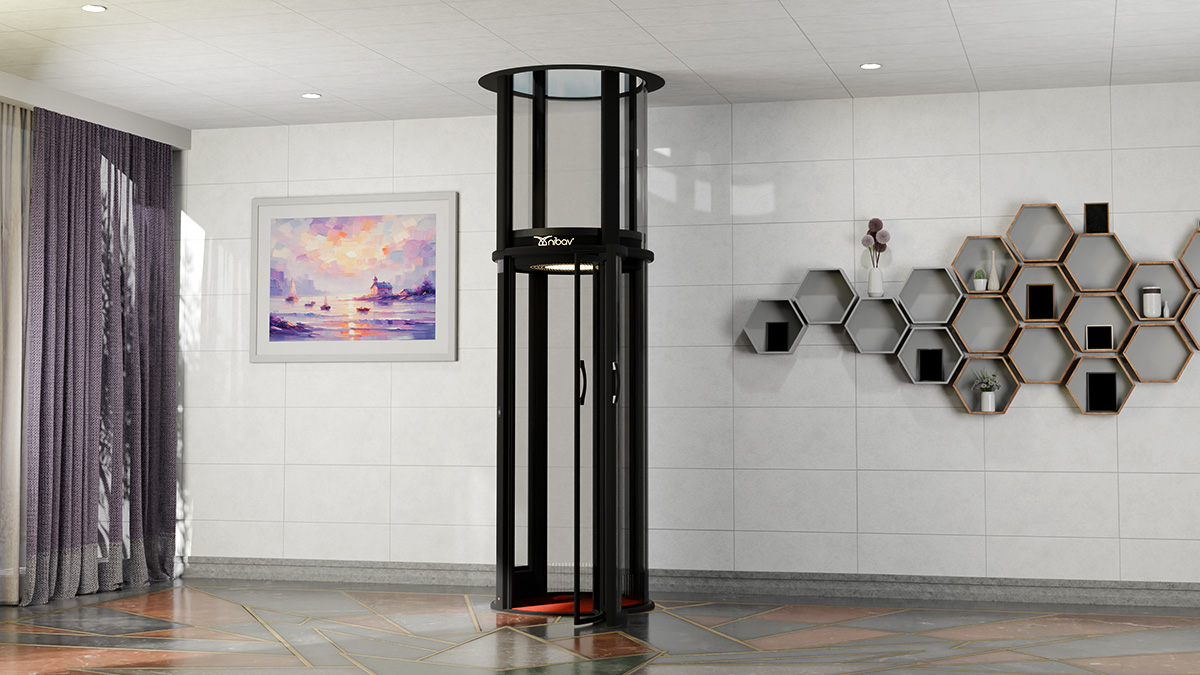
Table of Contents
Ever wonder how you’re supposed to really know if a home lift is safe? It’s not just about how sleek it looks or how smoothly it glides — it’s about the certifications behind it. When you have to move your family between floors, guessing isn’t an option.
In Australia, certified home lifts have strict standards that address everything from electrical safety, emergency handling, etc. A lift that isn’t certified could be illegal and dangerous. Whether you’re upgrading for accessibility, luxury, or to future-proof your home, it is important to know the elevator standards pertaining to Australia. Here are the applicable certifications – and subsequent implications for your safety, your home, and peace of mind.
Why Certifications Matter in a Home Lift
A home elevator isn’t just a jolly purchase you make on a whim. It’s a big decision. And when you’re investing in something that literally moves your loved ones from floor to floor, safety isn’t optional — it’s everything.
That’s where certifications come into account. Think of them as the official endorsement from the experts who have tested, poked and prodded, and pressure tested every inch of the lift. Certifications demonstrate that your lift is code compliant, safe, and legal for installation in Australian homes.
In addition to safety, certifications also change how easily your lift will get council approval, inspections, and impacts your insurance and property value. A non-certified lift ? That could equal future headaches, surprise repair bills, if worse, a serious accident!
The bottom line? Certifications go beyond paperwork — they’re your built-in guarantee that the lift is safe from day one.
Key Certifications to Look For in a Good Home Elevator
When you buy a home elevator you aren’t buying a machine; you’re buying safety, trust, and reliability for the long-term. And globally recognized certifications are what separate the legitimate high-quality home lift from the questionable cheap impostors.
Contact the below-listed certifications and be sure to ALWAYS look for these when buying a certified home lift in Australia:
TÜV NORD Certification
TÜV NORD is a globally recognized German organization known for rigorous testing and certification processes. Being TÜV NORD Certified means Nibav home elevators have undergone strict, independent evaluation for mechanical strength, electrical safety, system reliability, and user experience.
This certification ensures that every lift is built to withstand real-world conditions such as power failures, daily wear, and extended use – without compromising safety. Especially vital in homes with children or elderly residents, TÜV NORD certification offers homeowners peace of mind. It validates that Nibav elevators meet the highest global safety and performance standards, far beyond just internal company benchmarks.
ISO 9001: Quality Management Systems
ISO 9001 doesn’t certify the lift itself — it certifies how the lift was made. It ensures the manufacturing company follows strict processes for quality control, product consistency, and customer satisfaction. Think of it as a behind-the-scenes check that the brand is doing things the right way, every time.
A home lift brand with ISO 9001 certification is likely to provide better after-sales service, fewer faults, and smoother long-term operation. It shows that the company is serious about quality from start to finish.
AS1735 – Australian Standard for Lifts
Now this one’s a must. AS1735 is the official lift safety standard in Australia, and it’s what local councils and building inspectors will look for before signing off on any home elevator installation. This certification governs everything from structural integrity to emergency features, such as intercoms, cabin lighting, and door locks.
Choosing a lift that meets AS1735 means your elevator is 100% compliant with Australian regulations — and will pass building inspections with confidence. Without it, you might be stuck with a lift that can’t legally be used in your home.
ASME A17.1 / CSA B44 – North American Standards
These certifications are based on U.S. and Canadian elevator codes, and are often used by international manufacturers to show their lifts are globally compliant. While not mandatory in Australia, they demonstrate that the lift is engineered to withstand strict safety and mechanical codes used in high-rise buildings and homes alike.
Seeing these standards on your lift means it’s been built for durability, smart design, and international safety standards — giving you extra assurance, especially if your lift is imported or built by a global brand.
What These Certifications Actually Mean for You
Now you are aware of the top safety certification that makes a good lift. We’ve name-dropped CE, TÜV, ISO, AS1735, and ASME, but what do these actually mean for you as a user?
It means peace of mind.
When your home lift carries these certifications, you’re not just getting a product that works — you’re getting one that’s been pressure-tested for safety, designed for long-term durability, and backed by international standards.
You won’t worry about breakdowns because the engineering is rock solid.
You won’t lose sleep over compliance — your lift will meet local council and safety regulations.
If you ever need to resell or upgrade your home? A certified lift boosts your property’s credibility and value.
It’s the difference between a lift that just gets the job done and one that’s built to protect your family for years to come.
Nibav: The Home Lift That Ticks Every Box
At Nibav, we don’t just build lifts — we build trust. Our home elevators come fully certified with CE, TÜV SÜD, ISO 9001, and comply with AS1735, the Australian Standard for home lifts. That’s not just a bunch of logos — it’s a promise that every Nibav lift is engineered for performance, safety, and peace of mind.
We go beyond the basics by integrating air-powered technology, sleek designs, and compact footprints — all while meeting international and Australian safety regulations.
Whether you’re looking for a certified home lift that blends into your luxury interior or one that simply makes life easier for your family — Nibav gives you the best of both worlds.
Conclusion
Installing a home elevator is more than just mere floor-to-floor movement. It’s about safely, smartly, and confidently going up and down. The right certifications are more than just labels — they’re your assurance that your lift meets the best standards in Australia and beyond.
So whether you’re building your ideal home or simply looking for ease of access, just be sure your lift is certified, compliant, and altogether worry-free.
Enter your era of easy living— the safe, stylish, and certified way, the Nibav way.

